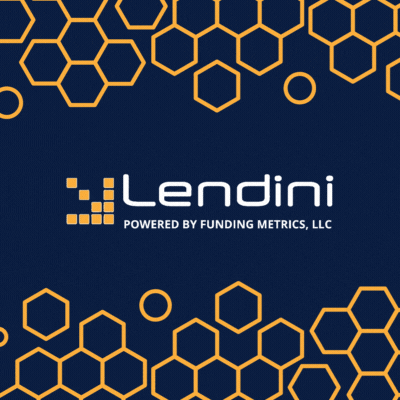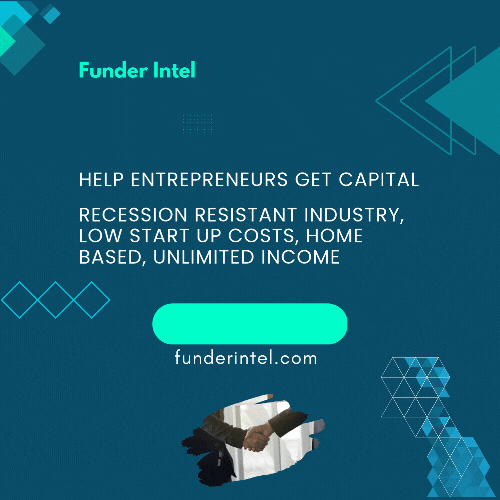Chinese AI lab DeepSeek provoked the first Silicon Valley freak-out of 2025 after releasing open versions of AI models that compete with the best technology OpenAI, Meta, and Google have to offer.
DeepSeek claims to have built its models highly efficiently and quickly (though some are skeptical of these claims), and is providing these models at a fraction of the price American AI companies charge. The development has rattled not only tech giants but the highest levels of the U.S. government, which fear that China is pulling ahead in the AI arms race.
“I wouldn’t be surprised if a lot of AI labs have war rooms going on right now,” said Robert Nishihara, the co-founder of AI infrastructure startup Anyscale, in an interview with TechCrunch.
The rise of DeepSeek marks an inflection point for Silicon Valley’s AI landscape. AI CEOs, founders, researchers, and investors tell TechCrunch that DeepSeek’s models have major implications for American AI policy. Moreover, these experts say, the models serve as an indicator of the accelerating rate of AI progress.
“Of course [DeepSeek] was over-hyped,” Ravid Shwartz-Ziv, an assistant professor at NYU’s Center for Data Science, told TechCrunch. “But it’s still very interesting, and there’s a lot we can take from it.”
New ways to get AI thinking
One of DeepSeek’s key innovations in creating its R1 model was “pure reinforcement learning,” a trial-and-error approach, according to Workera CEO and Stanford adjunct lecturer Kian Katanforoosh.
Katanforoosh compared DeepSeek’s breakthrough to a kid figuring out not to touch a hot plate by accidentally burning themselves.


